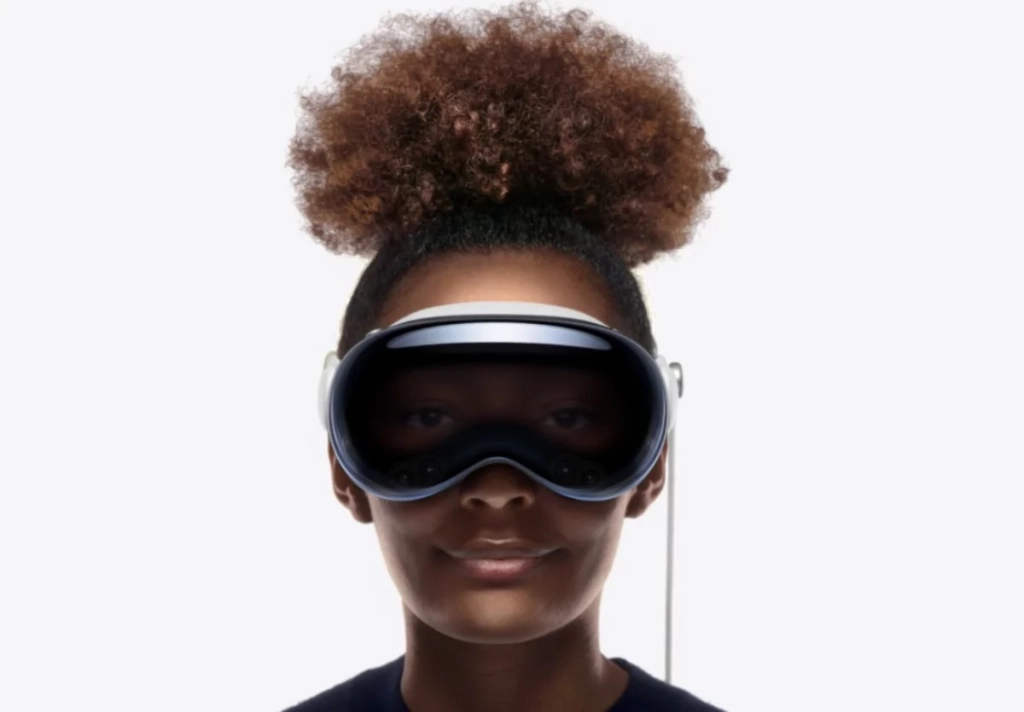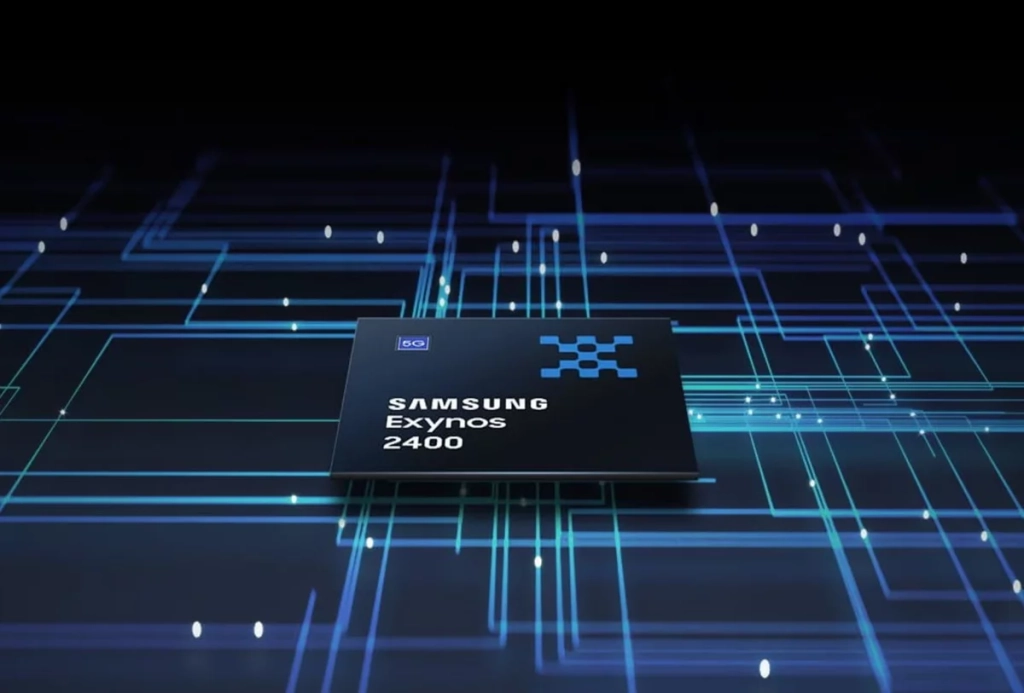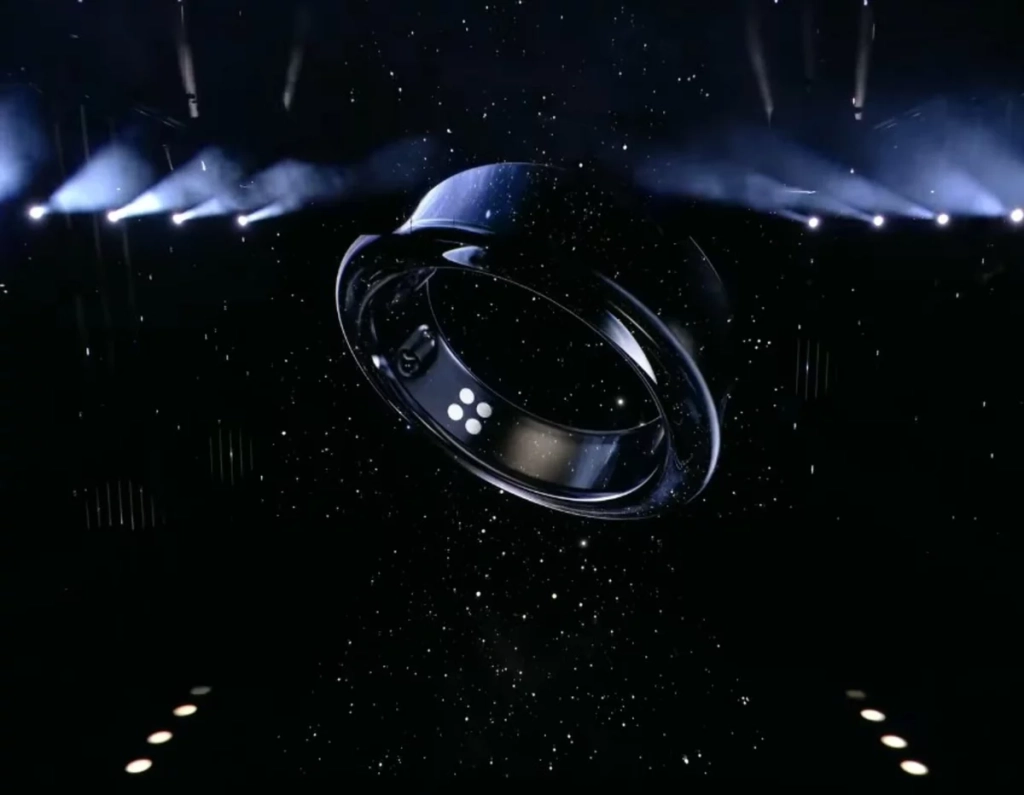The launch failure of the new H3 space rocket throws back Japan’s official lunar program. However, two start-ups are about to make space history.

Japan’s space industry is currently vacillating between shock and jubilation. The first test launch of the Jaxa space agency’s large H3 carrier rocket, which is said to be able to carry a payload of up to four tons into orbit around the sun, had to be blown up shortly after lift-off. This failure also throws the state lunar program far back, because the H3 was not only supposed to launch satellites at similar prices to the Falcon 9 from the US space company SpaceX. The Jaxa is also planning an expedition to the poles of the moon. However, failure is offset by the successes of two private moon travelers.
ispace took the biggest step with the launch of Hakuto-R. A small spacecraft wants to be the first private company to land gently on the moon’s surface. A small rover named Rashid is to be released there by the space agency of the United Arab Emirates. This project is still on course. In December, the Hakuto-R probe lifted off aboard a Falcon 9 and reached its orbit around the moon in March. ispace already celebrated this stage “as an important step” on the way to a regular transport service to the moon, the actual goal of the company.
The landing is then planned for the end of April, the ninth goal of a total of ten planned mission goals. The journey will be a complete success in the eyes of the lunar travelers if the probe can supply itself with energy after landing and establish constant telecommunications with the base on Earth.
Presentation of the moon probe HAKUTO-R from iSpace
Hopes for three moon missions
The eleven-year-old company Dymon has undertaken another pioneering act. Founder Shinichiro Nakajima, who was involved in the development of Audi’s four-wheel drive in his more earthly career, wants to enrich space travel with mini-rovers. His two-wheeled companion Yaoki weighs just 498 grams. And the name says it all.
The name is borrowed from the Japanese proverb “Nanakorobi Yaoki”. Literally translated it means “fall down seven times, stand up eight”. Because the rover, with its two big wheels on a small body, is designed to keep going even if it rolls over. The company now has high hopes for three moon missions. This year, trips could be made with the American space start-ups Astrobotics and Intuitive Machines. In addition, Dymon’s Yaoki was included in the Artemis program of the US space agency NASA.
For the founder Nakajima, a heart’s desire has come true. “My dream is the moon,” he just explained on the podcast “Disrupting Japan”. Even when he was developing robots, he worked on a rover in his spare time. Now this rover is about to embark on its first mission, a journey to the South Pole of Earth’s companion. There he should look for water.
Dymon’s moon rover is named YAOKI.
Jiggle, shake, gravity
In order to be accepted into the Artemis project, the lunar mobile had to endure tough tests. These include resistance to impacts and high accelerations many times that of gravity (G). Dymon claims Yaoki can survive 100g. The biggest problem was the vibration test, which exceeds the vibrations during rocket launch and flight. Yaoki had to be improved several times before the rover withstood the shaking.
In addition, it was tested whether the vehicle can withstand the high-temperature differences between the sunny and shady sides that occur in the vacuum of space. Functionality in moon dust was another criterion in the developer’s specifications. Now it remains to be seen whether Yaoki will prove itself in practice. Nakajima has set himself a high goal: in the next five years he wants to launch 100 yaokis into space.






Leave a comment